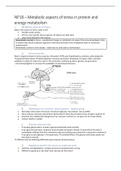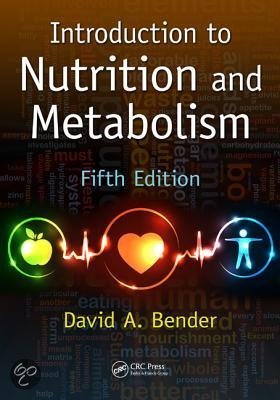College aantekeningen
NP18 & NP19: Lectures 18 and 19 Nutritional Physiology + practice exam questions
- Instelling
- Wageningen University (WUR)
NP18 & NP19: Lectures 18 and 19 Nutritional Physiology + practice exam questions NP18 – Metabolic aspects of stress in protein and energy metabolism NP19 – Molecular and Physiological Regulation
[Meer zien]





